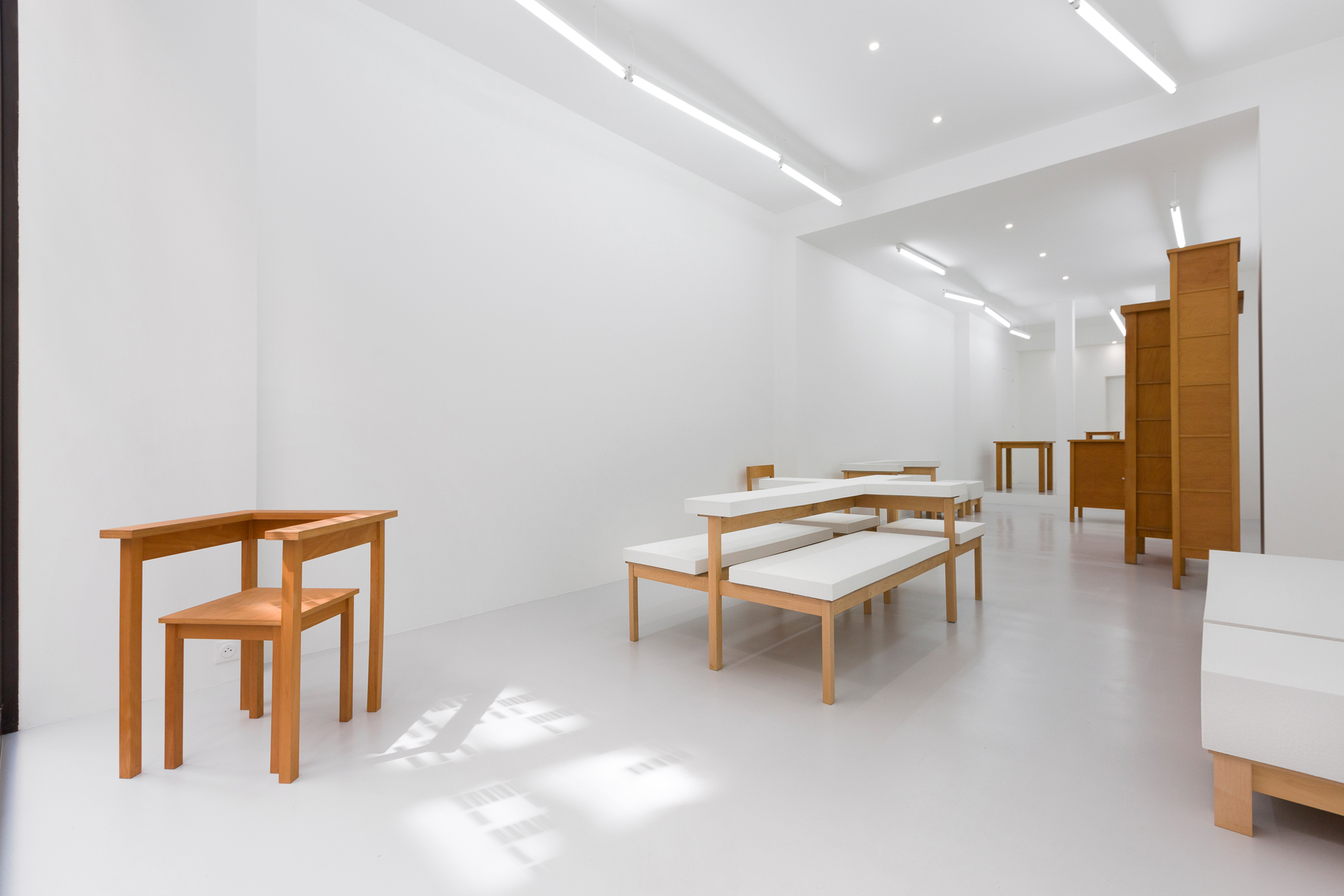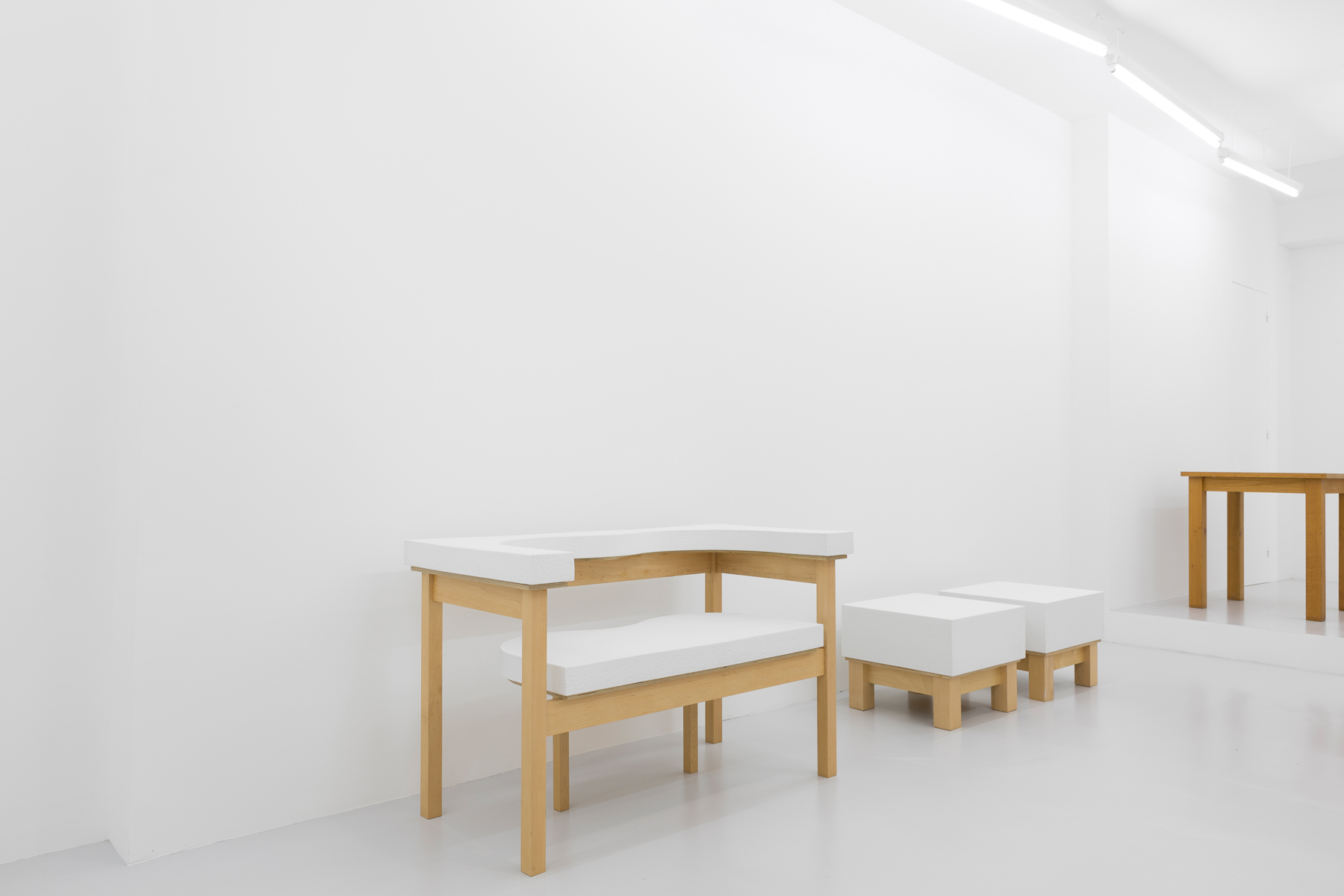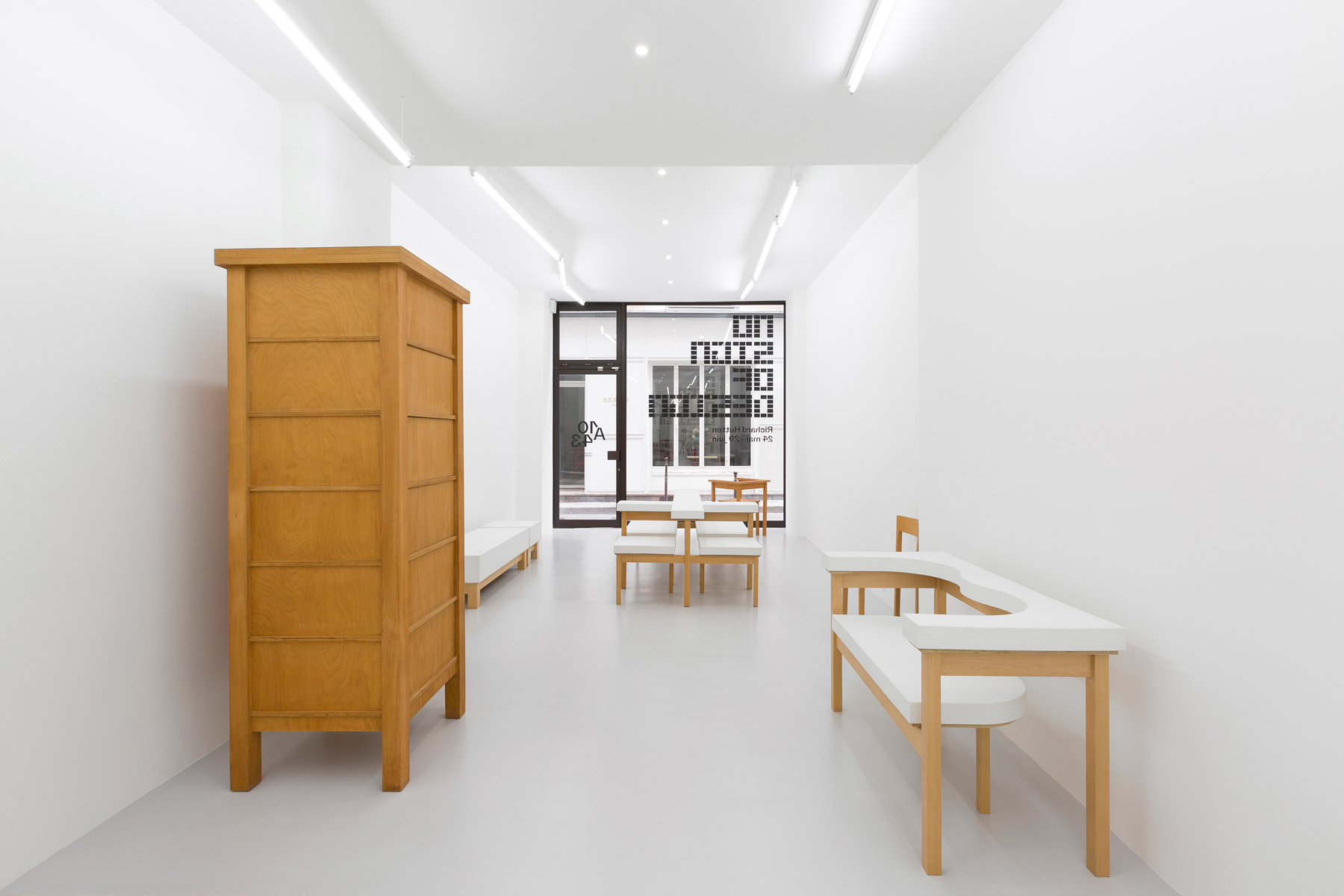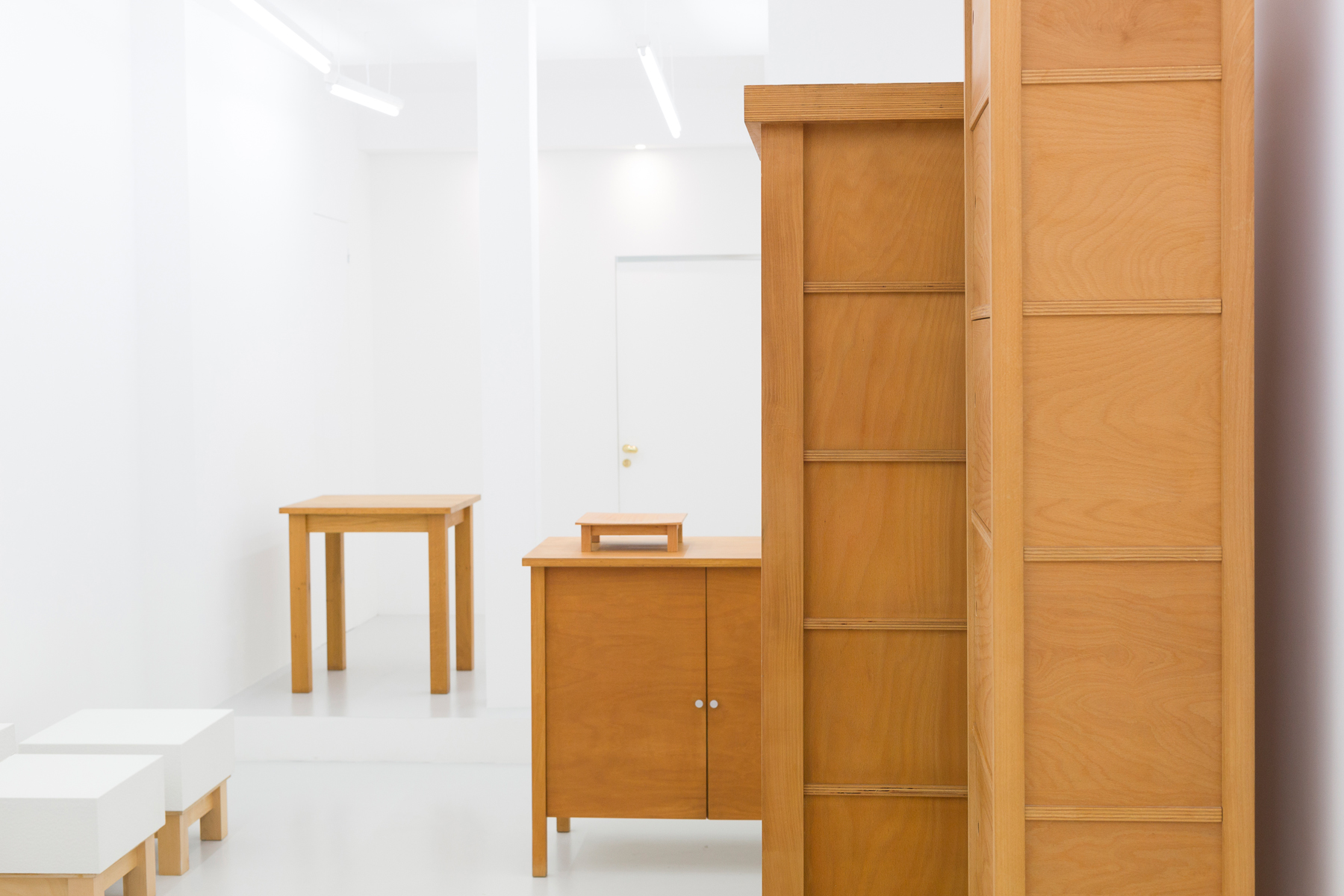







No sign of design
Richard Hutten
May 24th
︎︎︎ June 29th, 2024
The 80s opened the door to non-conformist design that was bold, colourful, sharp, black and dark. There's no shortage of adjectives for it because it's anything and everything. People have said and heard that it was amusing and beautiful, yet often uncomfortable and impractical. Perhaps the most important thing about design in the 80s is what it achieved. Liberation. By distancing itself from the idea of comfort and ergonomics - in short, by freeing itself from all constraints - the design of the 80s gave even greater freedom to those who followed. In the early 90s, a group led by Gijs Bakker and Renny Ramakers emerged in Northern Europe, in the Netherlands to be precise: Droog Design. Whereas Memphis created a cataclysm in 1981, Droog Design was no less a milestone in the history of design, appearing in Milan in 1993. The free spirit of Droog Design is just as strong as that of Memphis, with fewer colours and fewer technical resources, but more lightness and irony. Droog Design introduced a new approach to design. The latter, simplified, became a space for exploration and experimentation quite unlike anything seen in the past. Designing involved manipulation, exploring materials, assembling existing objects and developing ideas. All this may seem commonplace today, but it wasn't always the case.
Richard Hutten was one of the very first members of Droog. Although some of the group focused on the manipulation of materials, Richard Hutten is perhaps the most conceptual of them all, often preferring to manipulate ideas first and foremost.
Richard Hutten was born in 1967. The Netherlands contributed a few significant artists to conceptual art in the 60s and 70s. Bas Jan Ader, Marinus Boezem, Jan Dibbets and Ger van Elk had a lasting impact on the artistic landscape of the country and the period. Richard Hutten's work and the discipline of his humorous approach can be traced back to these artists. In 1989, while studying at the Design Academy in Eindhoven, Hutten decided to focus his degree on the theme of ‘What is living?' He took the home as his field of investigation and chose as his subject of study one of the founding objects of the home: the table. One tabletop, four legs and reinforcements. That's it, and that's all there is to it. That's all there is, and at the same time, there's nothing else. So, everything began for him with a simple, a priori obvious fact.
The first work in the series was Table-chair, 1990. If you look closely, it's two tables that turn into an armchair with armrests. The idea is simple but highly effective. This was followed by a whole range of objects for the home with the innovative title, ‘No sign of design’. Beyond furnishing, Richard Hutten was interested in studying the use and, above all, design. Hutten's solutions for living do not come from his designs but from his thinking about the uses of the home. In a way, Richard Hutten approaches a project like a rationalist architect. He studies the context, the users, their needs and their limitations. There is a great affinity with Gerrit Rietveld, who was first a cabinetmaker before becoming an architect, which in this case is no coincidence.
However, he remains an inventor. But rather than inventing forms, he tries to understand uses, even to combine them, to sit/meet (The Cross, 1994), to sit/stay (Poef-Pouff, 1994) to create new typologies. Which led him to say, 'I do not solve problems, I create possibilities'.
The means used to achieve this are particularly modest since they are mostly made of wood assembled in the simplest possible way. It's also a way of keeping invention to a minimum, so as not to interfere with any understanding of its use. In the end, what is astonishing about this work is how Richard Hutten is reinventing design without doing any, or to put it another way, by doing no design.
